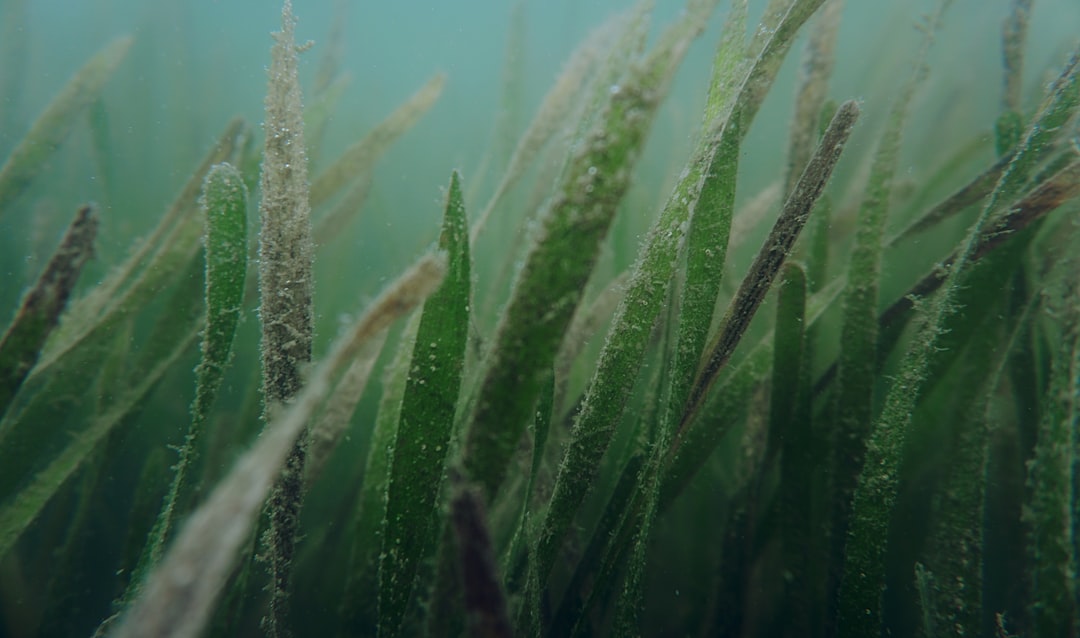What is it about?
Enzymes are proteins that catalyze virtually every reaction that takes place in cells and make life as we know it possible. A remarkable feature of enzymes is that they make reactions go so much faster than would be possible in their absence - by a huge factor that approaches the number of stars in the universe! How does this happen? And why do we not yet have a comprehensive and predictable model for how enzymes achieve their "magic". In the past, research has been largely focused on only a small part of the total enzyme structure, which is the part that holds the substrate and carries out a chemical reaction. This paper uses biophysical probes to show the essential role of the protein scaffold to bring about rapid, long distance and site specific transfer of thermal activation from a protein/water interface to the reactive bond of the bound substrate.
Featured Image

Photo by Fulvio Ciccolo on Unsplash
Why is it important?
Previous efforts to design "green" protein catalysts that approach the rates and robustness of natural enzymes have had limited success. Researchers have always asked "Why does an enzyme structure have to be so large, and what role does the scaffold that surrounds the active site play in catalysis?" This study offers an atomistic analysis of the dependence of C-H activation on rapid and directed heat flow from solvent to the bond being broken. Learning how to incorporate reaction specific thermal networks into enzyme function offers a new direction for de novo catalyst design.
Perspectives
One unique feature of the present study is that it focuses on a reaction where hydrogen is transferred as a wave, rather than a particle, This feature allows a "clean" and uncompromised separation of the thermal activation of the protein scaffold from the entropic /probabilistic factors that determine wave function overlap.
Professor Judith Klinman
University of California Berkeley
Read the Original
This page is a summary of: Temporal and spatial resolution of distal protein motions that activate hydrogen tunneling in soybean lipoxygenase, Proceedings of the National Academy of Sciences, March 2023, Proceedings of the National Academy of Sciences,
DOI: 10.1073/pnas.2211630120.
You can read the full text:
Contributors
The following have contributed to this page










